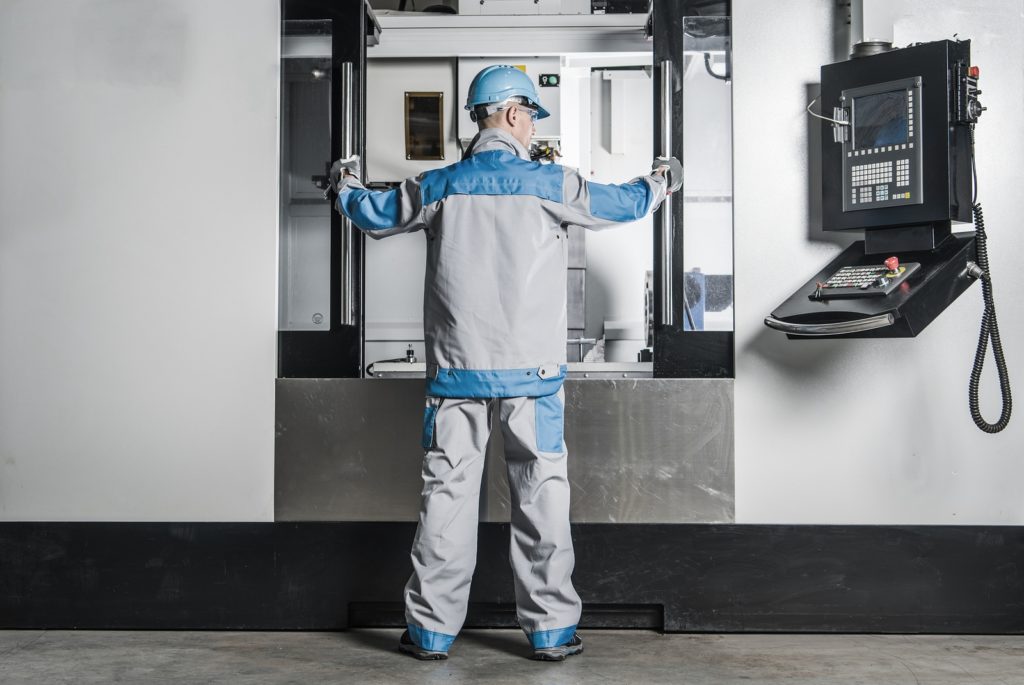Today’s industrial shift toward technology is dramatically changing the manufacturing landscape. Maintenance in particular has seen an early boon from the industrial internet of things (IIoT) and other innovating technologies aimed at reducing plant operational costs.
But while factories may be using robust IIoT data and other technologies to improve their maintenance practices, the keen senses of an operator or maintenance tech are still extremely important. A good maintenance program and well-kept maintenance logs help maintain your machinery better over the long-term; keen senses ensure your equipment is getting the service it needs right now.
Why qualitative inspections are important
The simplicity and convenience of a qualitative inspection cannot be understated. Performing a broad, cursory review of equipment takes virtually no time and very little effort. Checking for leaks, burn marks, or pressure integrity doesn’t require anything more than a few minutes of time and keen observational skills.
The reason qualitative inspections matter is because they fall outside comprehensive, quantitative inspections. Comprehensive inspections are generally scheduled and come with a complete checklist and duty sheet, taking time and specialized equipment or parts to accomplish. A qualitative inspection can be done on the spot if a suspected issue arises, prompting a more in-depth analysis if the situation demands.

Using every sense to spot problems
While IIoT devices are making it easier to detect catalysts for equipment malfunction such as heat or vibration, factories that haven’t made the upgrade yet can still encourage workers to utilize their senses to get ahead of problems.
- Hearing — Can you hear gears grinding or the sound of a poorly lubricated bearing squealing as it turns?
- Vision — Can you see fluid leaking from a hydraulic application or friction wear patterns on a mechanical part?
- Smell — Do you smell friction burns forming or detect the scent of leaking chemicals from a closed environment?
- Touch — Can you feel the vibration of equipment that should be static or feel the heat from a machine that exceeds a normal operating temperature?
Obviously, taste is not included on this list, but other extrasensory perceptions should be. For example, is your equipment giving off an electrical charge indicative of unsafe amperage? Paying close attention to equipment needs by observing bodily senses offers immediate insight into service demands or potential problems.
Delve deeper when necessary
Qualitative insights have their advantages, but they’re limited. Feeling excess vibration doesn’t give you the same insight as a failure mode and effects analysis will for determining the maintenance needs of machinery. That’s why, when the situation calls for it, maintenance techs need to delve deeper using more sophisticated approaches.
This is where IIoT tech innovations and human intuition make a great pair. Qualitative analysis may alert the need for maintenance; review of critical data will lead to an understanding of required maintenance, as well as the issue’s cause.
